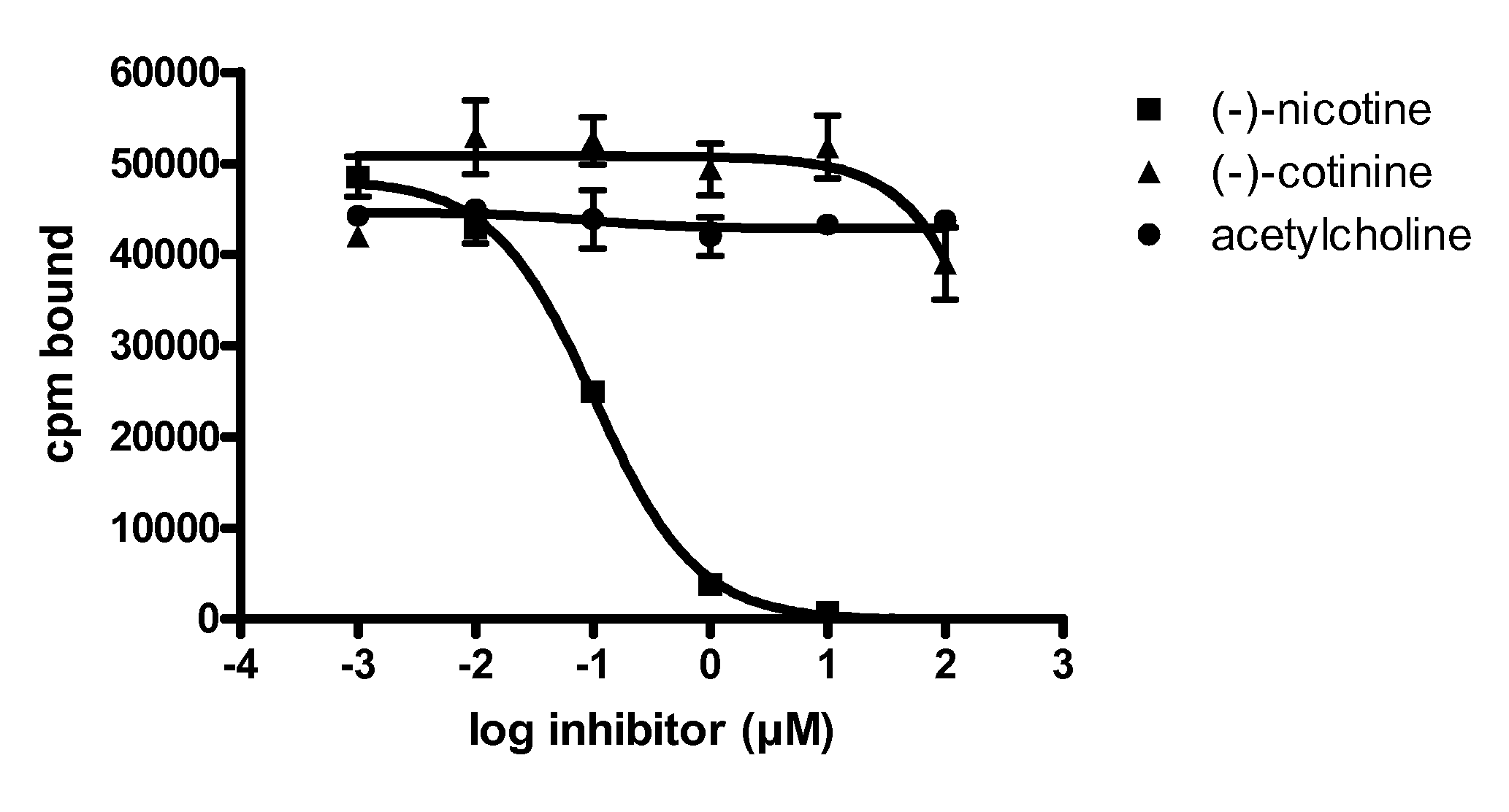Human monoclonal nicotine specific antibodies
a technology of monoclonal antibodies and nicotine, which is applied in the direction of antibody medical ingredients, antibody ingredients, nervous disorders, etc., and can solve problems such as unusable therapeutic effects
- Summary
- Abstract
- Description
- Claims
- Application Information
AI Technical Summary
Benefits of technology
Problems solved by technology
Method used
Image
Examples
example 1
Identification of Nicotine-Specific Single-Chain Antibodies by Mammalian Cell Display
[0173]Peripheral blood mononuclear cells (PBMC) were isolated from 32 ml of heparinized blood of a Qβ-Nicotine-vaccinated volunteer using the BD Vacutainer™ CPT™ Tube method (BD Bioscience). PBMC were pre-incubated with Alexa 647 nm-labeled Qβ (3 μg / ml) and mouse gamma globulin (10 ug / ml; Jackson ImmunoResearch) and then stained with: (1) Qβ-Nicotine (1 μg / ml) in combination with a Alexa 488 nm-labeled Qβ-specific mouse mAb (1 μg / ml) and a Alexa 488 nm-labeled Nicotine-specific mouse mAb (1 μg / ml); (2) PE-labeled mouse anti-human IgM (diluted 1:50; BD Biosciences Pharmingen), mouse anti-human IgD (diluted 1:100; BD Biosciences Pharmingen), mouse anti-human CD14 (diluted 1:50; BD Biosciences Pharmingen), and mouse anti-human CD3 (diluted 1:50; BD Biosciences Pharmingen) antibodies; and (4) PE-TexasRed-labeled mouse anti-human CD19 antibody (diluted 1:50; Caltag Laboratories). After staining, cells we...
example 2
Gene Rescue, ELISA Screening and Sequencing of Nicotine-Specific Antibodies
[0175]The supernatants of BHK cells encoding putative Nicotine-specific antibodies, each containing a monoclonal recombinant Sindbis virus, were subjected to RT-PCR as described (see application PCT / EP2007 / 061570). The resulting PCR products, each comprising a scFv coding region, were digested with the restriction endonuclease SfiI and cloned into the expression vector pCEP-SP-Sfi-Fc (disclosed as SEQ ID NO:37 in application PCT / EP2007 / 061570), allowing for expression of scFv proteins fused to a C-terminal human Fc-γ1 domain under the control of a CMV promoter.
[0176]For ELISA analysis, each of the clones was transfected into HEK-293T cells in a 24-well plate format, using Lipofectamin 2000 (Invitrogen) according to the manufacturer's recommendations. 2-3 days post transfection, supernatants containing transiently expressed scFv-Fc fusion proteins were harvested. To check for Nicotine-specific binding, ELISA p...
example 3
Expression and Purification of Nicotine-Specific scFv-Fc Fusion Proteins
[0181]Large-scale expression of scFv-Fc fusion proteins was done in HEK-293T cells. One day before transfection, 5×106 293T cells were plated onto a 10 cm tissue culture plate for each protein to be expressed. Cells were then transfected with the respective scFv-Fc fusion construct using Lipofectamin Plus (Invitrogen) according to the manufacturer's recommendations, incubated one day, and replated on one 14 cm dish in the presence of 1 μg / ml puromycin. After 3 days of selection, puromycin-resistant cells were transferred to three Poly-L-Lysine coated 14 cm plates and grown to confluency. Medium was then replaced by serum-free medium and supernatants containing the respective scFv-Fc fusion protein was collected every 3 days and filtered through a 0.22 μM Millex GV sterile filter (Millipore).
[0182]For each of the scFv-Fc fusion proteins, the consecutive harvests were pooled and applied to a protein A-sepharose co...
PUM
| Property | Measurement | Unit |
|---|---|---|
| dissociation constant | aaaaa | aaaaa |
| dissociation constant Kd | aaaaa | aaaaa |
| dissociation constant Kd | aaaaa | aaaaa |
Abstract
Description
Claims
Application Information
 Login to View More
Login to View More - R&D
- Intellectual Property
- Life Sciences
- Materials
- Tech Scout
- Unparalleled Data Quality
- Higher Quality Content
- 60% Fewer Hallucinations
Browse by: Latest US Patents, China's latest patents, Technical Efficacy Thesaurus, Application Domain, Technology Topic, Popular Technical Reports.
© 2025 PatSnap. All rights reserved.Legal|Privacy policy|Modern Slavery Act Transparency Statement|Sitemap|About US| Contact US: help@patsnap.com

